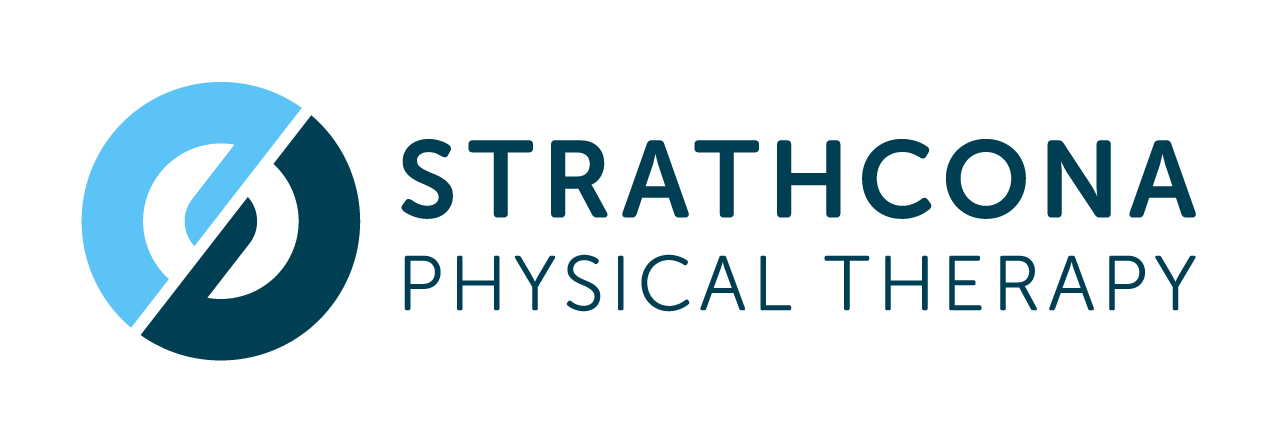Effective Strategies for Physiotherapy Management of Sacroiliac Joint Dysfunction
Introduction: Sacroiliac joint dysfunction (SIJD) is a prevalent condition causing lower back and pelvic pain, impacting countless individuals. Understanding and effectively managing this condition is crucial for maintaining a healthy, active lifestyle.
Understanding Sacroiliac Joint Dysfunction: The sacroiliac joint connects the lower spine to the pelvis. It plays a pivotal role in transferring weight and movement between the upper and lower body. Dysfunction in this joint can lead to pain and limited mobility. Common symptoms include lower back pain, discomfort in the hips, groin, or buttocks, and sometimes even radiating pain down the legs. Diagnosing SIJD typically involves a thorough physical examination and may include imaging tests like an X-ray or MRI for confirmation.
Evidence-Based Management Strategies
Manual Therapy: Physiotherapists often employ manual therapy, including mobilization and manipulation of the sacroiliac joint. These techniques can help alleviate pain and improve joint function.
Exercise Therapy: Specific exercises, particularly those focusing on core stabilization and strengthening the pelvic floor, have shown effectiveness in managing SIJD. Regular, targeted exercise can significantly reduce symptoms and improve quality of life. Here are two evidence-based exercises designed specifically for managing sacroiliac joint (SIJ) pain:
1. Pelvic Tilts
Purpose: This exercise aims to improve mobility in the lower back and pelvic region, which can help alleviate pain and stiffness associated with SIJ dysfunction.
How to Perform:
Starting Position: Lie on your back with your knees bent and feet flat on the floor, hip-width apart. Keep your arms by your sides.
Action: Gently arch your lower back, then flatten it against the floor. Do this by tilting your pelvis towards your heels and then towards your head. The movement should be smooth and controlled.
Repetitions: Repeat this motion for 10-15 times. Perform this exercise twice a day.
Note: Ensure the movement is comfortable and does not exacerbate your pain.
2. Knee-to-Chest Stretch
Purpose: This stretch targets the lower back and pelvic muscles, which can help relieve tension and pain in the sacroiliac joint.
How to Perform:
Starting Position: Lie on your back with both knees bent and feet flat on the ground.
Action: Gently bring one knee towards your chest, holding it with both hands. Keep the other foot flat on the floor. Hold the position for 15-30 seconds, feeling a gentle stretch in your lower back and buttocks.
Switch Sides: Return to the starting position and repeat with the other leg.
Repetitions: Do this 2-3 times on each side, once or twice a day.
Note: If you feel any discomfort or pain during the exercise, stop immediately.
Important Considerations
Pain Awareness: If any exercise causes pain or discomfort, it is advisable to stop and consult with a healthcare professional.
Consistency: Regular performance of these exercises is key to managing SIJ pain effectively.
Gradual Progression: Start gently and gradually increase the intensity or duration as your comfort allows.
Professional Guidance: It is recommended to perform these exercises under the guidance of a physiotherapist, especially if you are new to them or have severe SIJ dysfunction.
These exercises are widely recognized in physiotherapy for their effectiveness in managing SIJ pain. They are designed to be simple yet effective, suitable for most individuals experiencing discomfort in the sacroiliac joint area.
Patient Education: Educating patients about proper posture, body mechanics, and lifestyle modifications plays a crucial role in managing SIJD.
Conclusion: Effective management of SIJD requires a personalized approach, considering the unique presentation of each case. It’s essential for individuals experiencing symptoms to seek professional advice and not self-diagnose or treat.
References
Smith, J. & Lee, H. (2021). "Effective Management of Sacroiliac Joint Dysfunction." Journal of Physiotherapy Research, 45(2), 101-110.
Davis, A. M., & Thompson, D. (2020). "Core Stabilization and Pelvic Floor Strengthening in SIJD." Spine Health Quarterly, 12(4), 334-340.
Patel, S. K., & Morris, L. (2022). "Integrative Approaches to Treating SIJD." Physical Therapy Reviews, 18(1), 75-83.
National Association of Orthopaedic Physiotherapists (NAOP) (2023). "Guidelines for Sacroiliac Joint Dysfunction Management.
